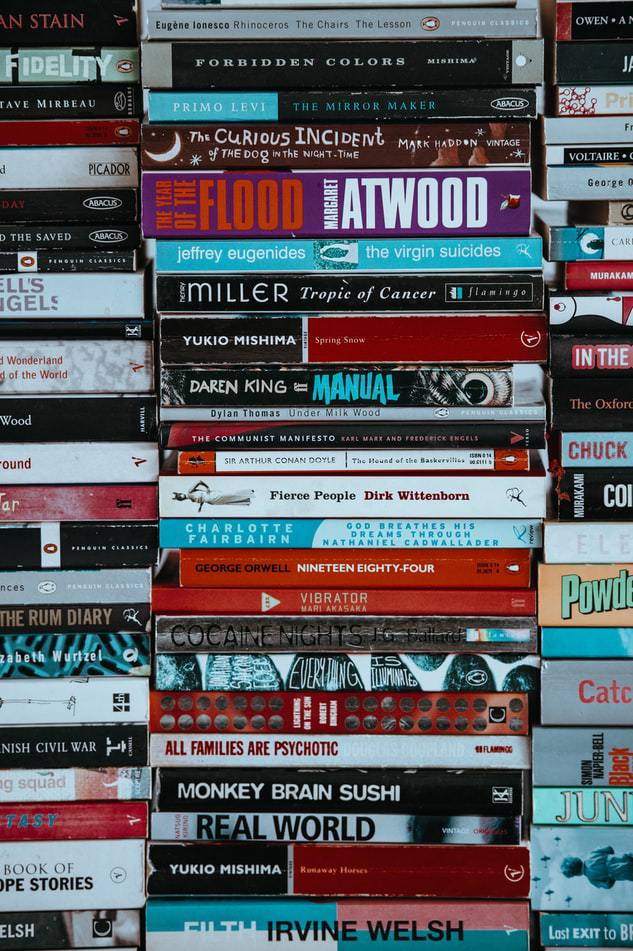Whether it’s emblazoned on a cover, included on a best-seller list, or mentioned in passing by a friend or acquaintance, most often the title of a book gives a reader the first impression they have of the work. It is not enough for a title to be good (that is, a fitting description of the events of the plot that also strikes the right tone and implies the themes surrounding it), it must be enticing to the target audience and lend itself to marketing. Therefore, picking a lasting title is a crucial part of the process publishers use; titles can be edited like any other piece of text if the original does not work. But if the title of a book really is the first impression a reader will get, who decides what makes for a good and enticing title?
The first person to propose the title of a work is typically the author, and while the author may feel they have a perfect grasp of how to build first impressions of their work, they don’t always get it right on the first try. Certainly Jane Austin must have felt that pride and prejudice coursing through her when she dubbed her most famous work First Impressions. Yet that’s not the name we know it by, and what’s more: she is not the only great author of a famous work to put forward an unremarkable working title.
So then is it the responsibility of the publishing house to decide on a better, more marketable name? Perhaps. Certainly it is up to the editor working with an author through a publishing house to raise concerns if a proposed title isn’t landing well with marketing (especially if the title implies a theme or genre outside of the manuscript’s actual scope), and then to work with the author and/or publisher to generate a more fitting title. However, there are legitimate concerns surrounding “designed by committee” titles either also missing the mark on what a title needs or not generating a title the author can agree with. The fact is, there is no style guide to titling books.
Certainly, there are factors that market studies suggest are essential to a good title. A study of contemporary novels purported that titles that start with the word “the” were more likely to become best sellers, without taking into account that “the” is the most common word in the english language. There are also patterns of naming that publishing houses find themselves in. Ooligan, for instance, has published a few titles with names following a “The X We Y” pattern established by The Gifts We Keep and sustained by The Names We Take. Even so, this naming convention is obviously not appropriate to every single book we publish, which leads to perhaps the most important and most straightforward answer to what makes for a good and enticing title: it will vary from manuscript to manuscript, based on what that specific manuscript has to offer the reader and therefore what title such a reader would seek out.

